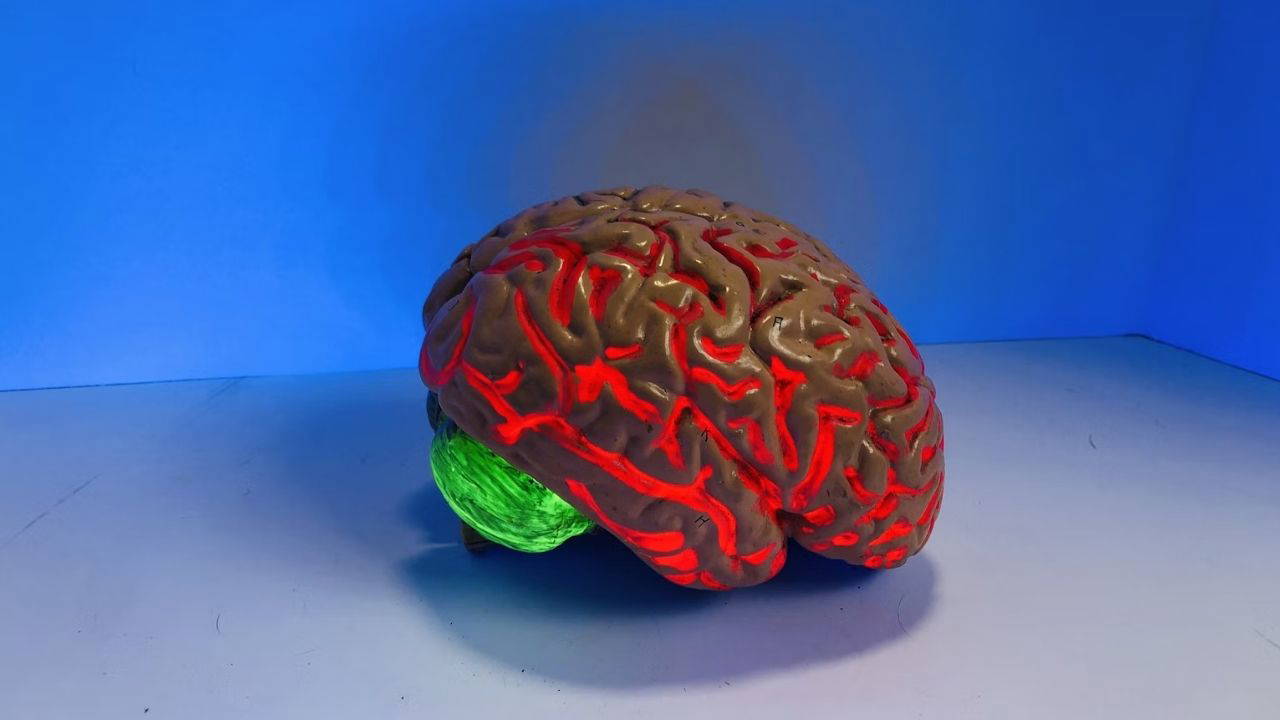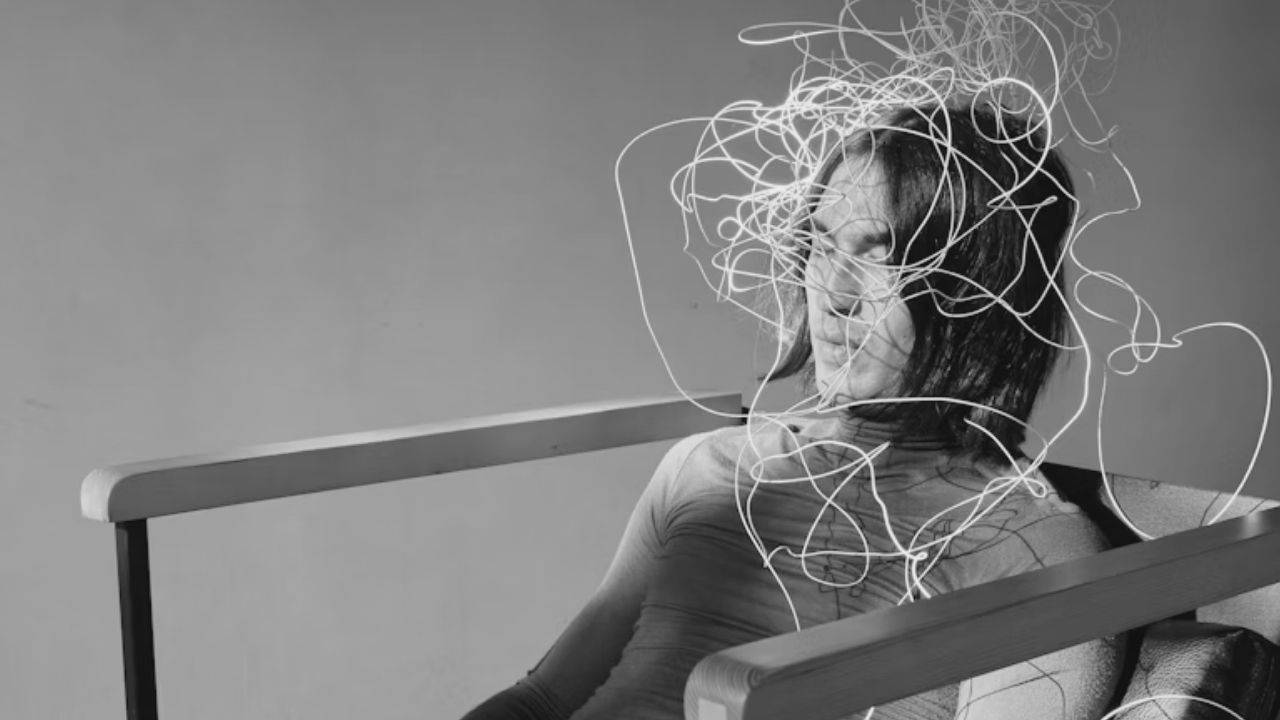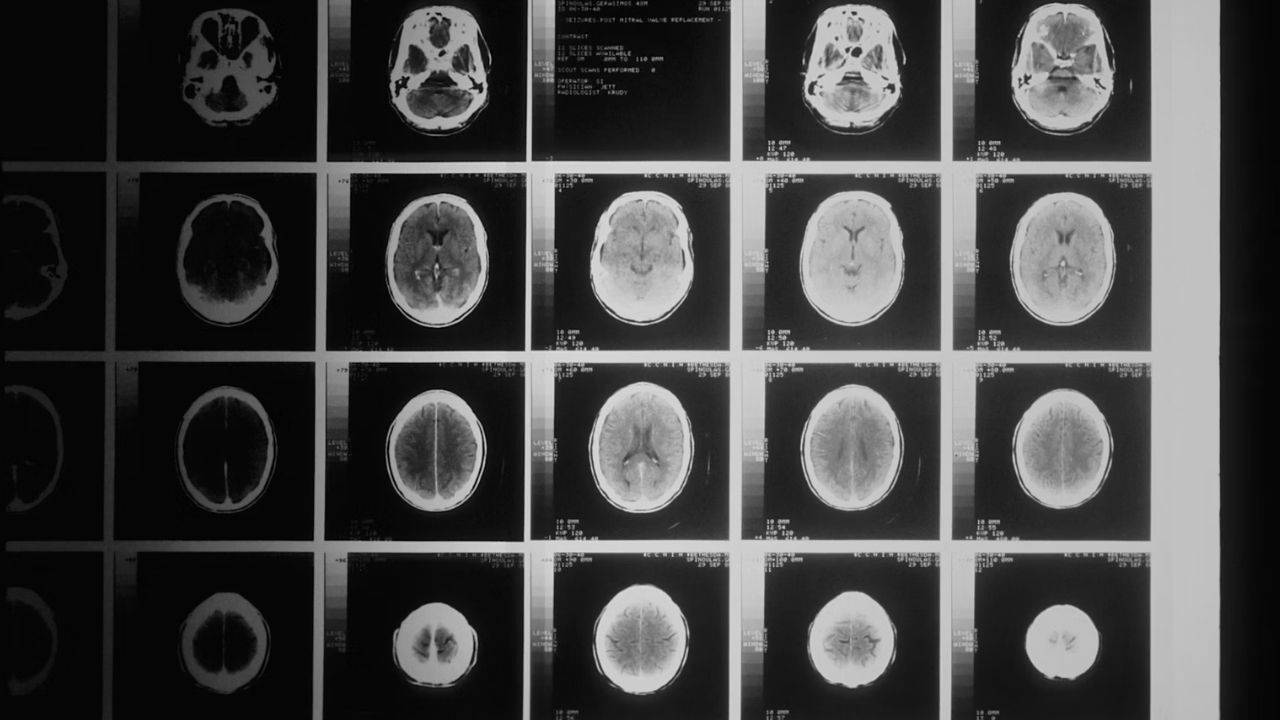How does our brain know something is real?

Your brain blends imagination with reality—sometimes too well. We somehow believe we're seeing or hearing someone. But how can we be sure?
“We create our perception of reality as much as we perceive it.”
While neuroscientists may debate the details, most agree that perception—essentially, how we process sensory information and create a coherent experience—involves the active construction of reality, as opposed to passively perceiving the world around us, Popular Science Turkish reported.
For example, when you see a busy road, you're actively creating that reality, combining information from your senses (the shapes you see and the sounds you hear of whizzing cars) with your past experiences (knowing you've walked on that famous boulevard). Instantly recognizing that the cars speeding down the street are real helps you stay safe.
While this model of experiencing reality is efficient, it's not foolproof: Our brains can sometimes misperceive things. This discrepancy is something that Dijkstra, a principal researcher at the Imagination Reality Lab at University College London, explored in a recent paper published in the journal Neuron.
How did an early 20th-century psychologist trick our minds?Much of Dijkstra's work was inspired by the groundbreaking psychologist Mary Cheves West Perky. In her seminal 1910 paper on imagination and perception, Perky asked subjects to visualize objects—a red tomato, a green leaf, and so on—on a blank wall. In this seemingly empty space, Perky covertly projected barely visible images of the same objects onto the wall.

Unaware of the situation, the subjects attributed these perceived objects to their imaginations rather than to projections. According to Perky, “The image of the imagination must have much in common with the perception of everyday life.”
More than a century later, many researchers believe that imagination and perception work together to create our perception of reality. So how does our brain know what's real and what isn't? Dijkstra's new research may hold the answer.
Testing 21st-century brains“We expected the results to be more complex and nuanced,” Djikstra says.
But brain scans measured with functional magnetic resonance imaging (fMRI) told Dijkstra something clear: The level of activity in the fusiform grus can inform whether a person believes an image is real. Located behind the temples on either side of the brain, this region plays a key role in recognizing faces and objects, but its potential ability to distinguish real from fake was something neuroscientists hadn't previously realized.
The study is like a modern version of Perky's experiment. Instead of projecting fruit and other objects onto a wall, Djikstra and his colleagues asked participants to visualize a set of diagonal lines on a screen. These lines were then projected into an fMRI machine through a divider. (Using simple shapes like diagonal lines makes it easier to predict what the subjects might be visualizing. When asked to imagine a leaf, they might visualize a wide range of shapes and colors.) These diagonal lines were displayed against a noisy background (think of a grainy TV image) to make it harder to distinguish reality from imagination.

When someone saw real projected lines, activity in the fusiform gyrus was stronger than when they knew they were simply imagining the diagonal lines. When participants saw these projected lines, activity also increased in the anterior insula of the prefrontal cortex, a central hub for brain networks at the front of the brain.
But when someone mistook the imaginary lines for real ones and actually experienced a mild hallucination, both the spindle gyrus and anterior insula regions were activated, as if they were seeing the real thing.
The brain's "reality threshold"Following these results, Dijkstra and his research team concluded that the visualized and perceived signals combine to form a "reality signal." When this signal is strong enough, it crosses the "reality threshold," and we perceive what we perceive as objective reality.
While Dijkstra believes that activity in the fusiform gyrus determines whether something crosses this threshold of reality, he says his research is in the early stages. He suggests the opposite might be true, and that activity in the prefrontal cortex might be deciding "whether something is real or not based on some other signals," which he then feeds back to the fusiform gyrus, enhancing the experience or making it feel more vivid.
Looking beyond brain scansHow this threshold is crossed is important. For example, proving a causal link between activity in the fusiform gyrus and hallucinations could enable future medical practitioners to try to treat schizophrenia and other brain disorders by stimulating this part of the brain.

The research not only sheds light on why people see objects that don't exist, but may also help explain why we sometimes can't believe our eyes. When Dijkstra first moved to London from the Netherlands, he saw a creature in the distance while walking in his neighborhood. Even though he was alone, he assumed it was a dog. "I was so shocked. I was like, 'Where's the owner?' I had actually seen a dog." If he hadn't turned around and questioned its reality, he might not have realized he was actually seeing one of the 10,000 or so foxes that call his new city home. For a moment, Dijkstra sensed something that didn't match his past experiences; he had seen something that wasn't there.
As for the future of his research, Dijkstra says there are still many unanswered questions about perception, such as whether people with vivid imaginations are more prone to hallucinations. In this area, it's important to constantly challenge what you believe to be true. "You might have a great idea that seems so logical, that seems to explain so much, but then it turns out to be completely wrong," he says. "And that's okay, because we're still making progress."
Cumhuriyet





